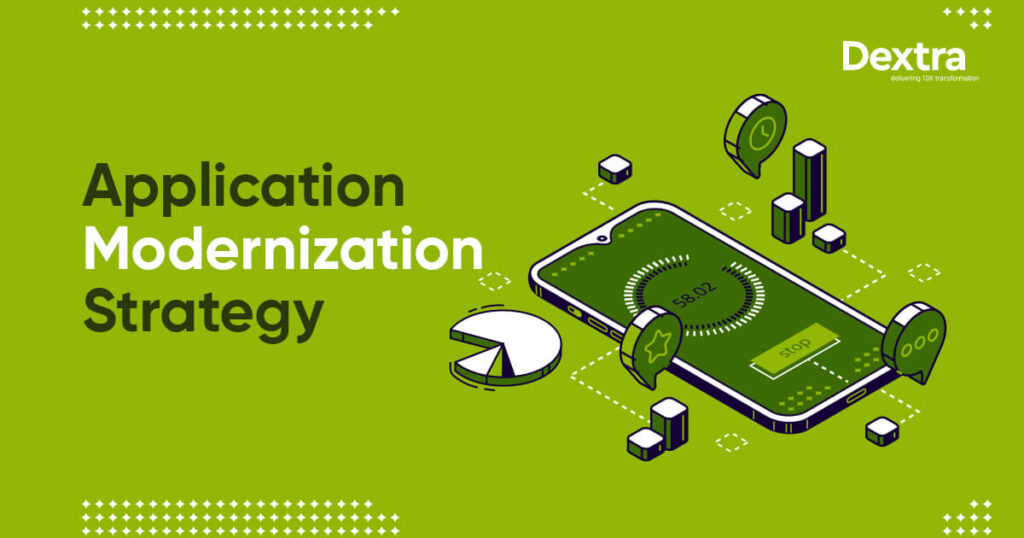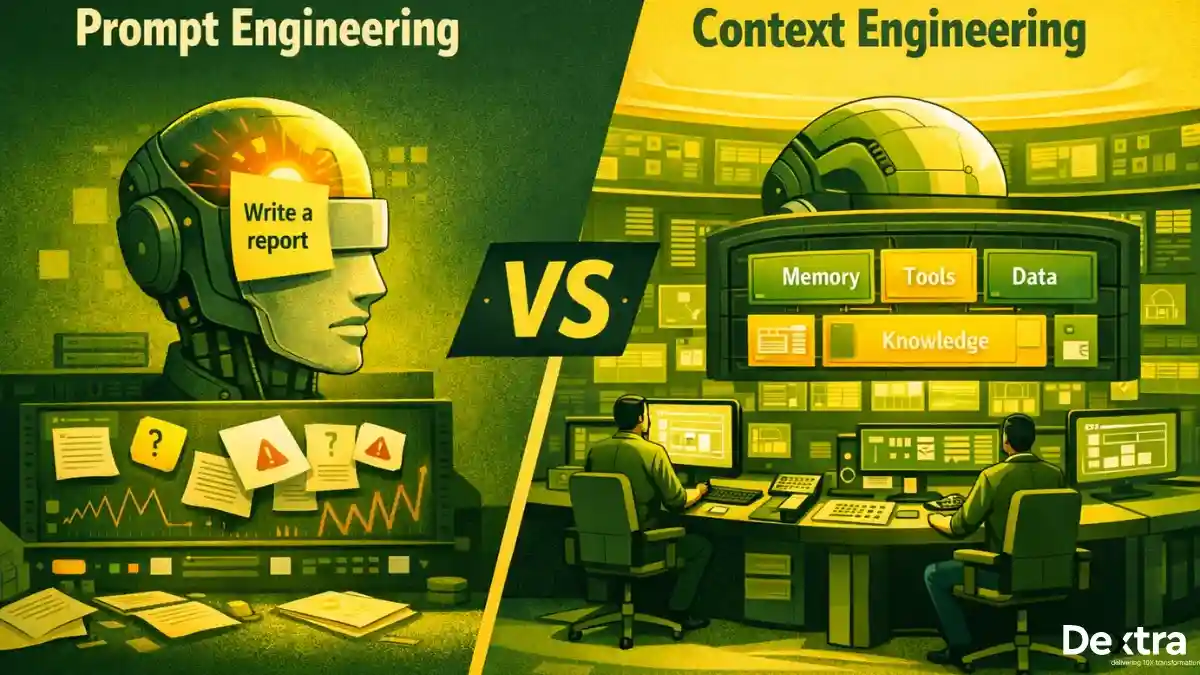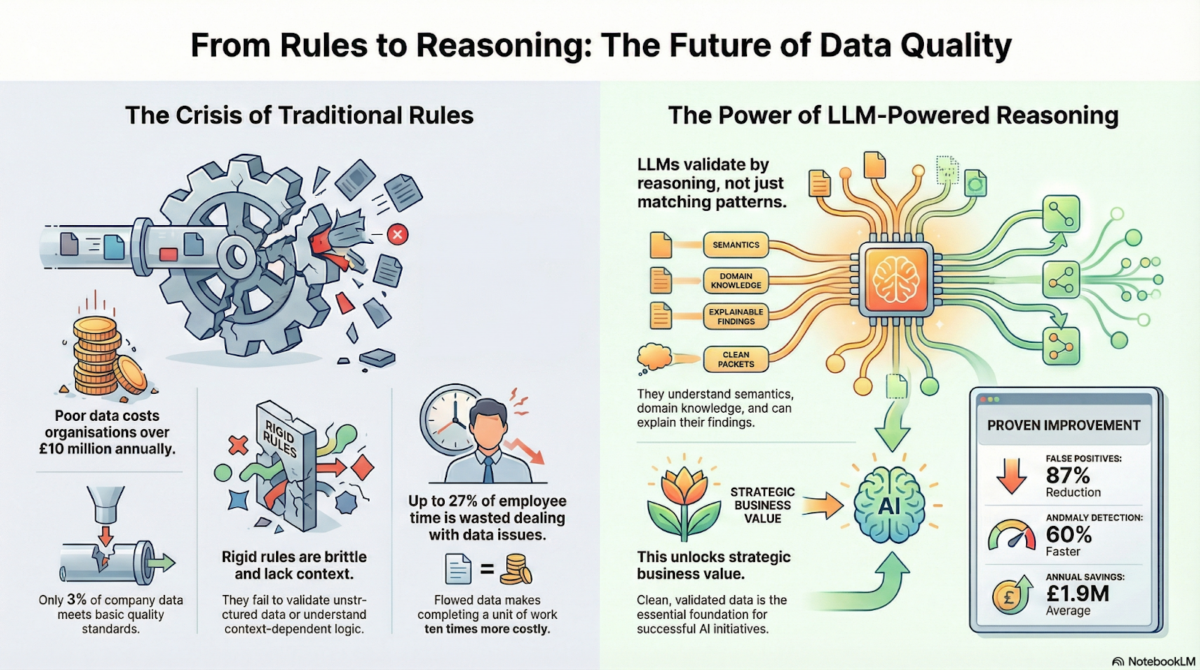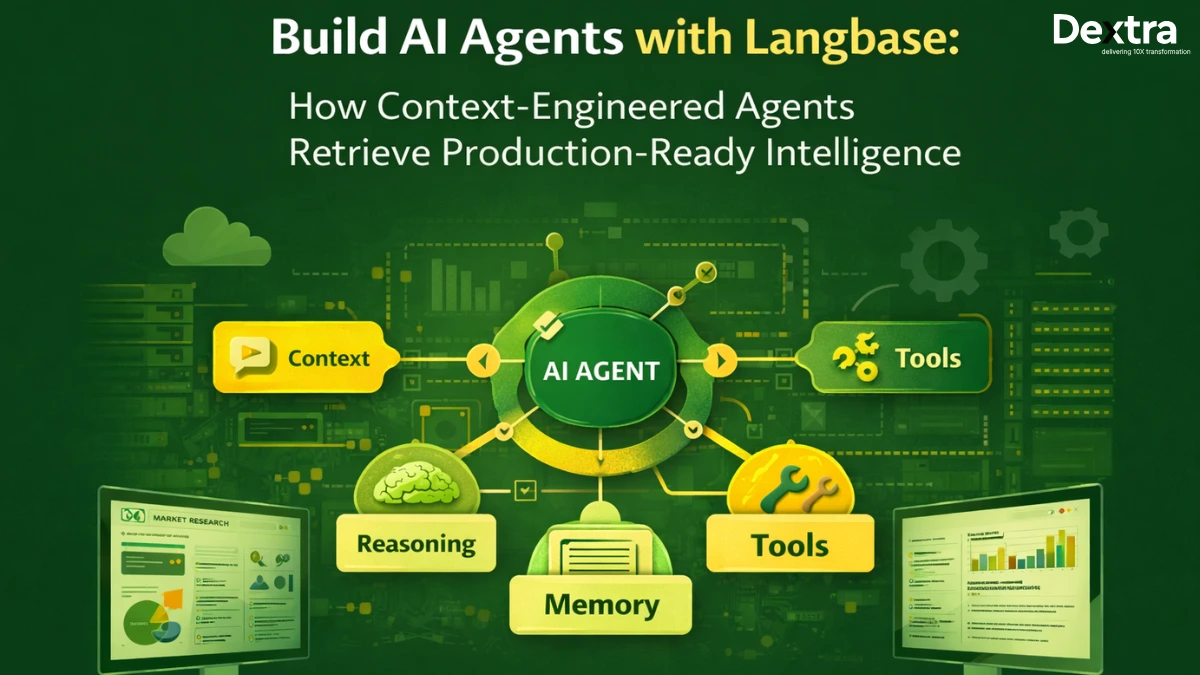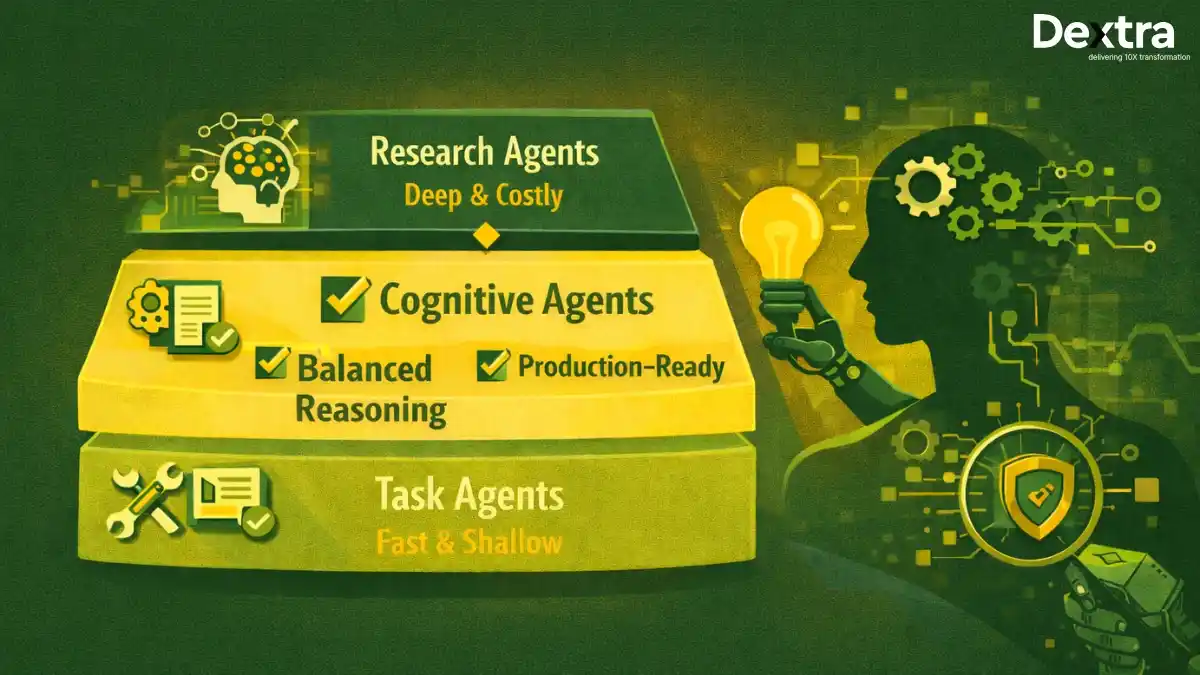In the digital landscapes and tech revolution era, the adaptability of innovations and updating the IT infrastructure is challenging for manufacturing and developing companies to scale their businesses. Remarkable growth can be achieved by aligning your industrial policies with recent market trends and modern-day inventions for significant visibility. The Agile process assists industrial experts in getting familiar with top trends and scalable performance in their business practices. Therefore, a race is challenging, and the companies adopting these modern trends and updating their infrastructures stay ahead in the scalability line, recognizing them with splendid business growth.
This article will explore the core understanding and crystal visibility of how industries can reform and revamp their scalability and enhance digital growth with minimal effort. Each part of this article will align you with top trends and tactics to explore innovations and integrate them with your business channel to successfully project ideas into ultimate executions.
Understanding Application Modernization Strategies
There are multiple ways to describe the application modernization strategies. Still, from a simple understanding, we can represent this by evaluating the current infrastructure in the company, transforming it with valuable integrations, and providing a better user experience with easy-to-use manuals. This process is not easy, particularly for big organizations using multiple software to run their business affairs, because the upgradation and transformation process varies from company to company. Some companies use migration policies, which some intend to transform the prevailing IT infrastructure to improve the user experience, speed, and collaboration between manufacturers and stakeholders, cutting operational and managerial costs.
Companies can see some challenges while updating and transforming their infrastructure. They must carefully evaluate their business alignment with updates to determine whether these innovations match their policies and requirements. They might seek help or hire business consultants or industrial experts who have already updated their software modernization.
Legacy Application Modernization Strategies
Legacy modernization is widely known as software modernization or infrastructure modernization, which shows the conversion process companies follow in interacting with their departments and business activities. The legacy application indicates the prevailing IT culture in any company; therefore, modern-day companies intend to reform their culture and build robust legacy application modernization strategies to scale their business with more visibility. Five major segments of updating legacy applications are:
Building compelling updating strategies
The amount of risk and how experts can minimize
Estimated cost of transformation
How to implement the updating process
Time consumption
Following these parameters, any business can calculate its scalable performance and craft compelling technical strategies to leverage the business growth chart.
Three-Pillars Modernization Strategy
Some basic steps are essential for successfully projecting modernization strategies and building countable checks to monitor their performance in the post-modernization process. The critical part is evaluating the whole process and finding the gap: Why do companies need modernization, and at what scale? Therefore, the experts have described a three-pillar strategy to solve the modernization mystery.
Finding the answer to “Why” is initially challenging. Experts or managers evaluate the business activities and see deficiencies in their IT structure; why do they need a change?
Secondly, they need to evaluate when to implement the policy. Companies and startups may be working on multiple projects, so they have to estimate the completion time when they can adopt and integrate the modernization process and measure how long it will take. The project length should be calculated before installation so the new project does not suffer.
Lastly, the three-pillar strategy measures how companies can implement the modernization process. Industrial experts or business consultants can help evaluate the process and provide consultation on making it work for significant changes and new adaptability.
Which Application Modernization Strategy to Pick for Your Business?
Businesses largely depend on successfully projecting strategies and integrating useful tools and applications in their internal control system for scalability and visibility in the market. But the question is, how can we find the best software modernization strategy to integrate? As it looks challenging, it is not because the variety of strategies is not so big. Therefore, experts can choose from a few compelling strategies.
1- Model-Driven Engineering Strategy
The fundamental software modernization approach can be used to get high-end results and help big businesses design or redesign, develop existing structures, and apply all the core integrations in the system to scale up the business volume and growth. This cloud control engineering strategy is formal (automatically or semi-automatically updates/transforms) and uses machine language (ML) or a DLS system. This strategy can also play a major part in enhancing communication skills and collaboration among all the operational teams. It also comes with many benefits for business scalability, agile process, automated coding, optimizing growth cycle, and assisting in crafting policies for better business alignment with new tech trends.
2- Architecture Driven Modernization Strategy
ADM stands for Architecture Driven Modernization, a compelling and commonly known among many modernization strategies that focus on ground reformations, analyzing the details of existing infrastructure, and crafting reforms according to the collected data for securing business growth in the competitive market. ADM also provides information regarding updated and modern standards for business alignments with new requirements and how to optimize the quality. It promotes consistent change, mobility with flexibility, and indicating when upgradation will be required. It also optimizes a monolithic system to be used in a more friendly environment and makes the most productivity out of it.
Benefits of App Modernization Framework
1- Enhance Agility
Updating constantly involves various techniques to maximize productivity potential. A collaborative environment can assist in scaling and measuring business growth, resonating with market trends and day-to-day innovations. Agile is the backbone of any business, helping manufacturers and stakeholders collaborate, communicate, and promote a new culture.
2- Cost-Cutting Techniques
Innovation provides new techniques to control operations better, and agility in the process can bring transformational results to check operations and costs. The monitoring process is not underestimated in moderation culture. Therefore, the experts can have a detailed check over the ongoing processes and evaluate the cost-cutting edges where applicable or overusing resources. It can also maximize the use of all available resources and allow you to work on multiple projects.
3- Optimize Customization and Automation
Key integration in software modernization strategies is integrating those tools that enable the system with automation and customization. Customized UX is the need of the hour in industrial systems to use software and make work productive. Therefore, the app modernization strategy should involve the process of automation using recent technologies such as artificial intelligence to maximize outputs and speedy project deliveries.
4- Improve UX
An eye-catching user experience has the potential to grab users’ core attention, and they can make the most of it with customized tool selections and placements. It also enhances visibility and plays a significant part in transforming IT infrastructure.
5- Build Strong Clous and Updated Technologies
The development teams should enable internet-based clouds to enhance speed, agility, and efficiency and scale the business with measurable growth. Cloud computing helps store and secure data with updated fundamentals. That’s why the updating system should include cloud storage parameters and cover all relevant technologies containing all applications.
6- Scaleable & Sustainable Growth
These fundamentals can help any business scale and assist the teams in calculating how many projects they can start at once. This process also facilitates evaluating the starting of multiple projects and their completion time. A scalable performance chart can measure and achieve sustainable growth.
How to Set a Clear Planning for Modernization?
1- Updated Market Knowledge
Researching market dynamics is the key to any transformation and modernization of a firm’s culture. Market dynamics have recently changed enormously, and modern trends are becoming popular. That’s why updated market knowledge can help you align your policies and strategies for more functionalities, enhance performance, and ensure cybersecurity.
2- Set Clear Goals
The fundamental approach is that before installing the updating process, companies should build solid strategies and set clear business objectives, such as the condition team’s work, selecting the best approach suitable for the business policies, and the time it will take. Some plans need complete transformation, and some can be restored with minimal integrations.
3- List Down Business Purposes
Pen-down all the purposed businesses are ready to achieve in the next period, whether modernizing for three, five, or ten years depending on their scalability. Business purposes should be transparent and well-researched so that all the interactions and tools can be interacted in the whole network for maximum support and control over the resources and monitoring process.
4- Analyse the Best Modernization Technique
Quality research can advance the process and assist in analyzing the comparison among top companies. Some valuable companies are constantly updating their infrastructure to modern-day technologies. Therefore, it is essential to examine the best-performing tools and applications to bring them into use according to your business niche and requirements.
5- Cybersecurity & Data Protection
Two significant threats in digitally performing businesses are cybersecurity and data security. These two platforms require more focus on maintaining and keeping coincidental so that sensitive information and data cannot be shared with anyone. Cyber threats and data leakage can damage the business’s performance and credibility, leading competitors to use your parameters to scale their business and generate more leads in the market.
6- Conduct Relevant Training & Access Change
In case of new integrations with recent tools and applications in the company’s operating system and IT infrastructure, the development teams should craft user manuals or conduct training sessions to support and educate the user to be familiar with recent updates. How-to-use manuals can assist them in the absence of an expert, which may not cause a delay in the project’s completion. Once the operational teams are familiar with modernized upgradation, they can observe transforming results.
7- Quality Assurance Updates
Quality control and checks are essential in building and scaling modernization processes and application management. Quality assurance has always been a big challenge for many organizations; therefore, it primarily focuses on intrastate to enhance productivity and boost the business environment.
8- Data Segmentation and Relevant Integrations
Data arrangement is the major concern in company advancements and relevant integration to filter and analyze the data can assist in strategy making. Data alignments with business objectives can play a vital role in securing estimated results according to business interests.
Example of App Modernization Strategy
One of the best-fit examples of the app modernization strategy is e-commerce companies which largely use legacy applications in their internal control system, which is used to maintain product records, user accounts, orders and shipment processing. The drawback of these apps is developed long ago, when some recent technologies were not designed, such as Artificial Intelligence or AI chatbots, making integrating and maintaining business activities simultaneously challenging.
These challenges raised the need for a well-researched campaign to accomplish modern-day goals and integrations with suitable UX and mirco-researched architecture. Therefore, a whole website and application have broken down into smaller divisions to evaluate the reformed segments, which the app team must integrate, and what results they are looking for.
Frequently Asked Questions
Q. Why do companies require modern-day application modernization?
Companies are rushing to face many challenges in their legacy application systems and have been using them for many years. But, modern-day culture requires more potential, tools and applications to enhance their project alignment and productivity in scaling their business.
Q. How can a company estimate the app modernization strategy?
There are three pillars of estimating the required modernization strategies, first, companies can estimate why they need a dynamical change and at what scale they should upgrade the cultural application. Secondly, they should consider when to implement all the application upgrades and how long it will take to accomplish them. Lastly, they must craft policies by applying these modernization strategies to achieve their goals.
Q. Which features should be included in the project?
The development or optimizing team should target the high-end features in the upgrade project because they can be used for maximum time and in long-term projects. However, they don’t have to overlook the low-end yet important integrations to maintain the workflow and project load balance and achieve high-end goals.
Q. What are the basic steps of implementing an application modernization strategy?
They are major factors to consider before the final application of strategies such as updated market knowledge, adopting cloud culture, promoting microservices, enhancing user experience, all odds from the legacy application, and customization & automation integrations. These are primarily focused integrations for successful applications to improve overall visibility.
Wrapping Note
Application modernization strategies are the most demanding culture across the world, and they highly depend on legacy cultures. Software modernization strategies can help them align their goals and business objectives with modern-day policies to enhance the visibility and scalability of the business. Research has shown magnificent results in the past; the companies that scaled up their upgradation legacy culture are showing more prominent and promising results and continuously upgrading to stay ahead in the competition race.
Application modernization is not a month-long project but a complete upgrade process. Still, with the right decision and integration (AI, cloud-based storage, data security), businesses can leverage their agility, effectiveness, efficiency, and future-trending solutions.

